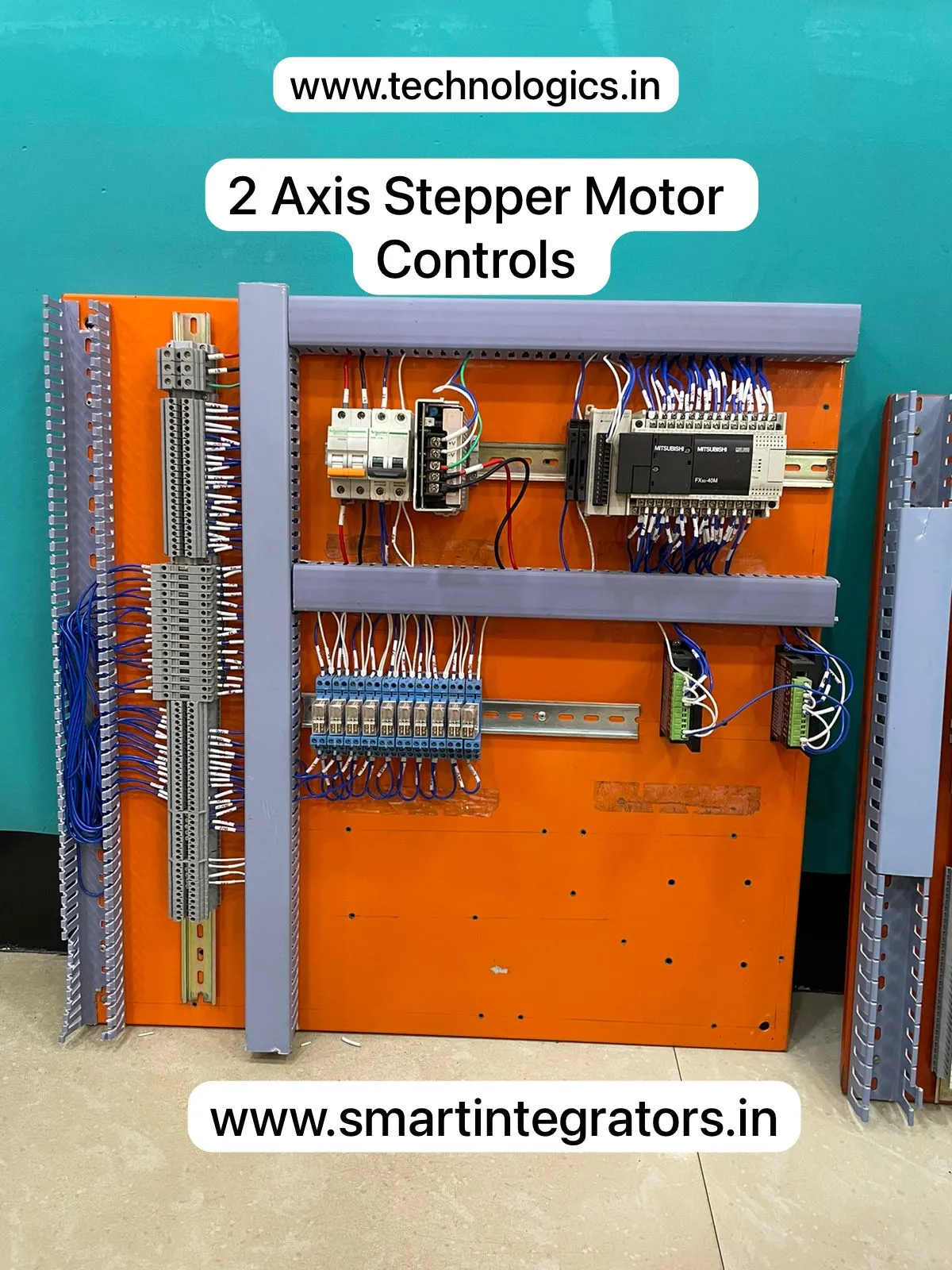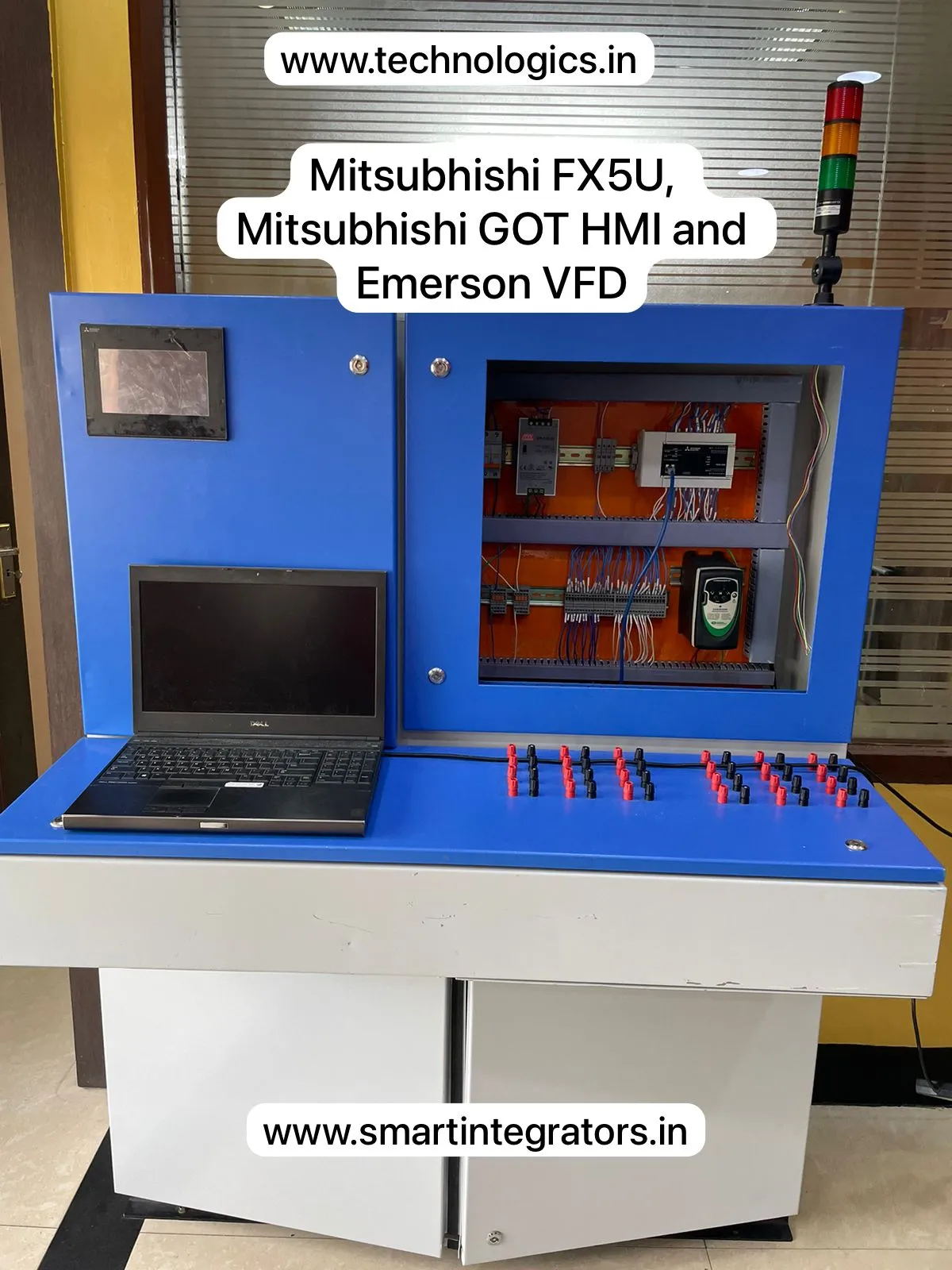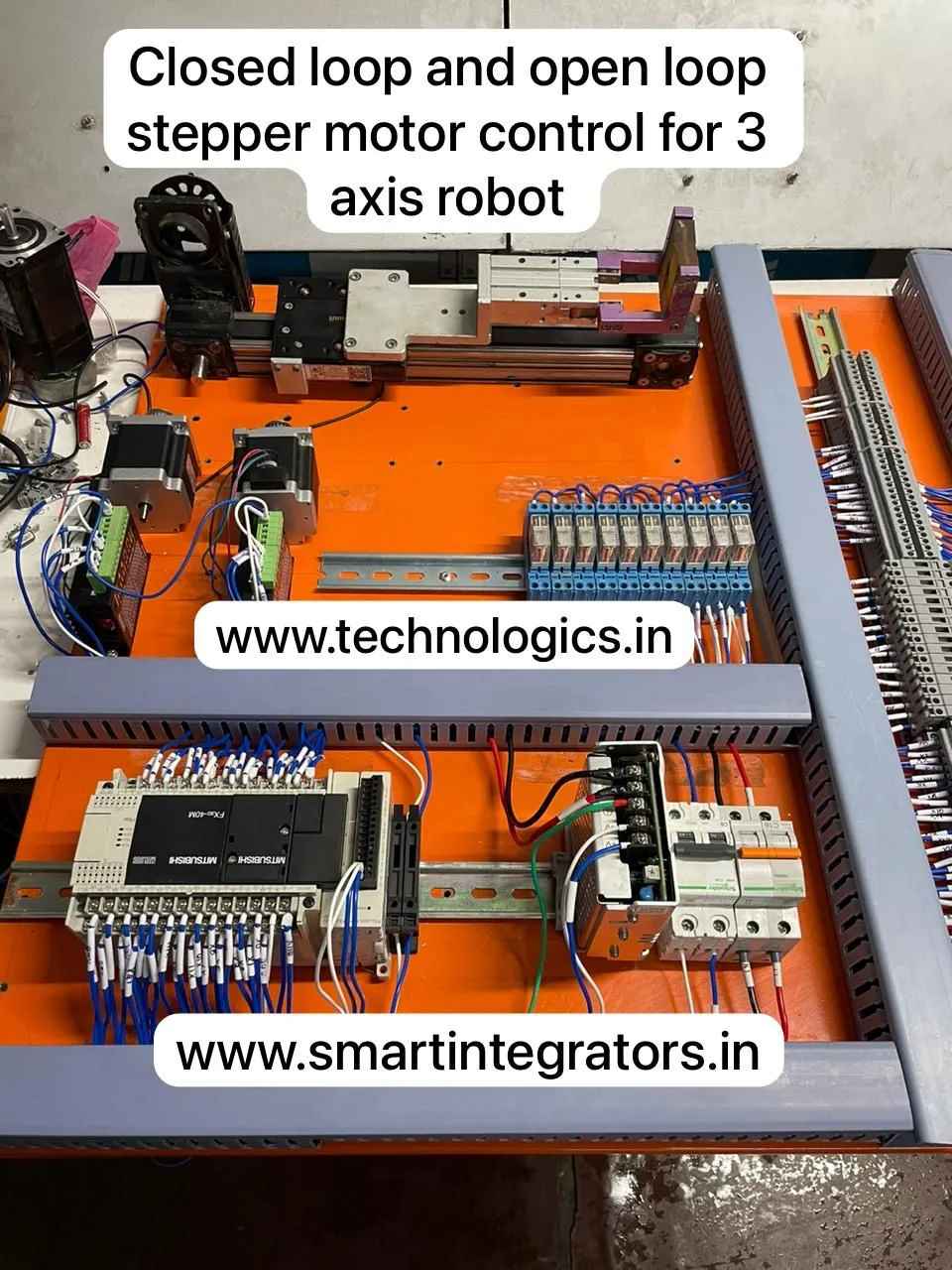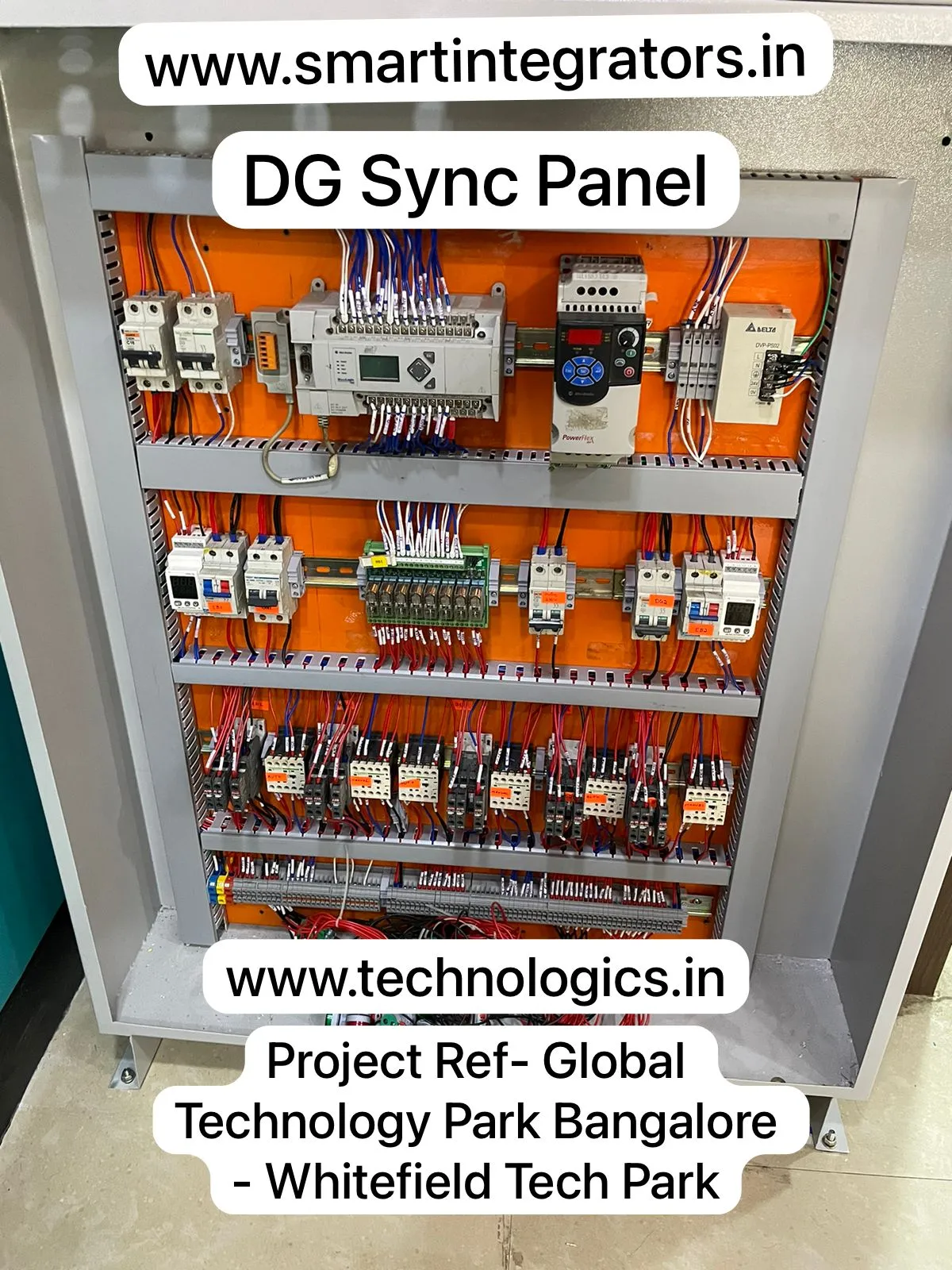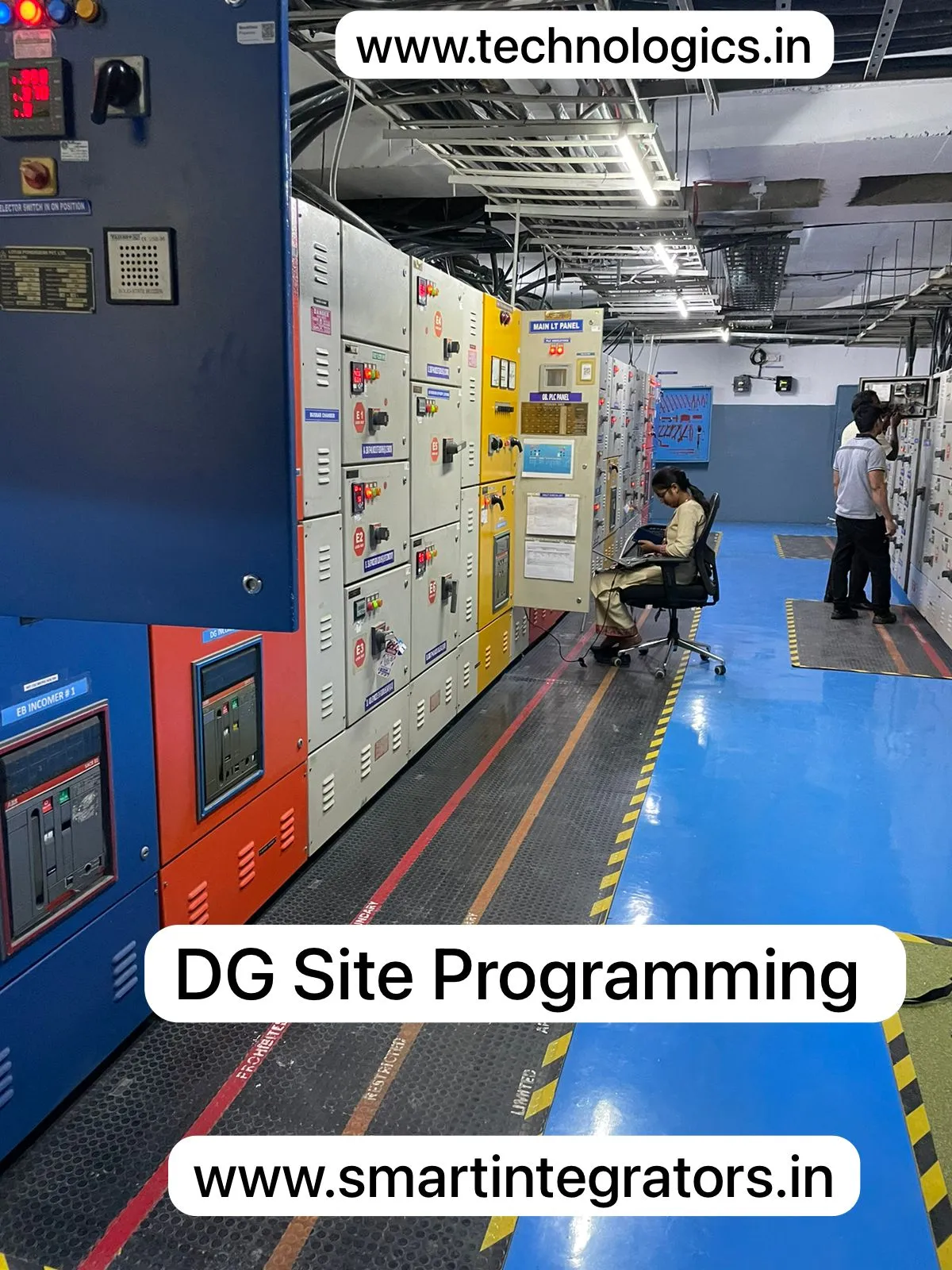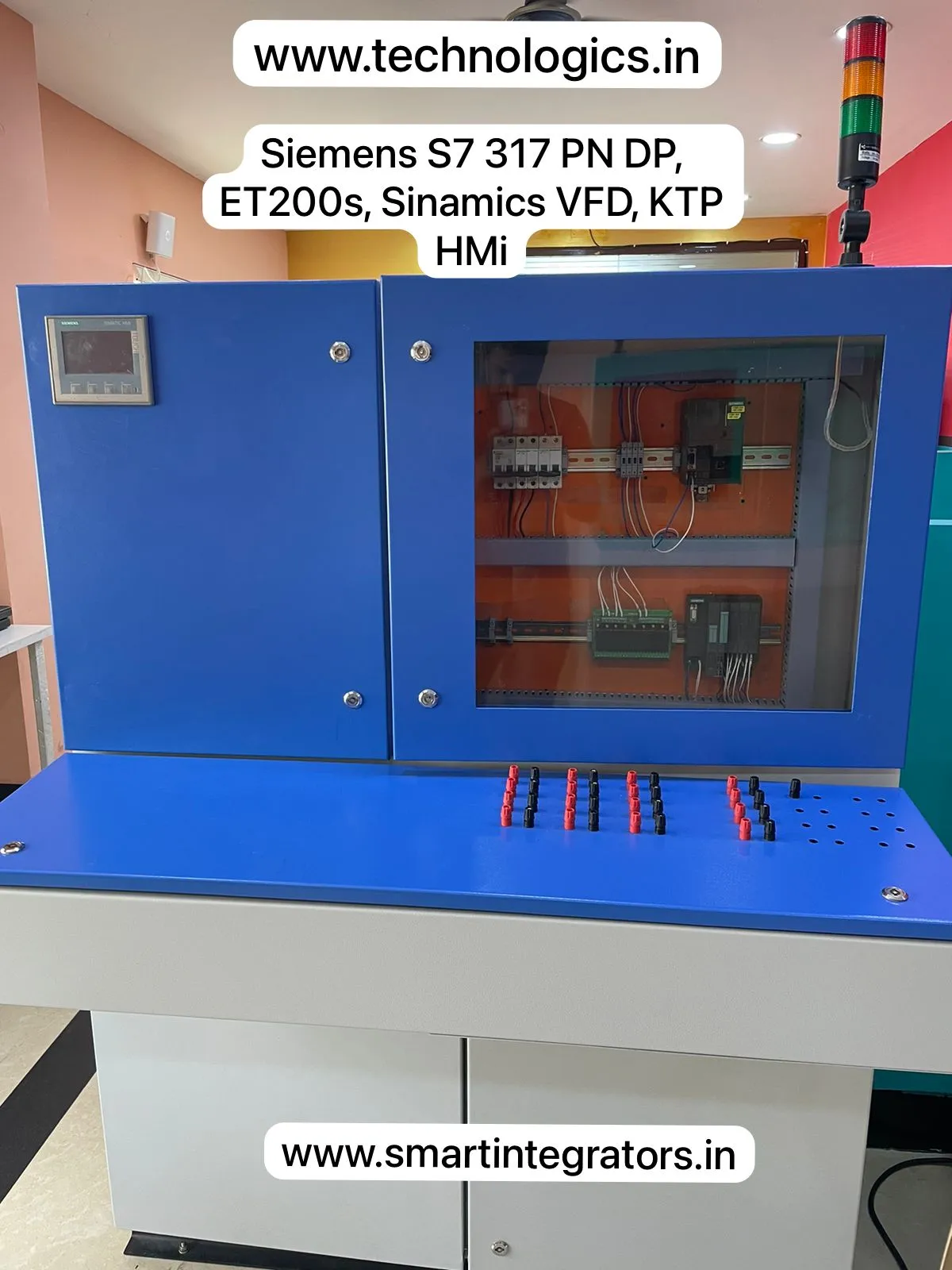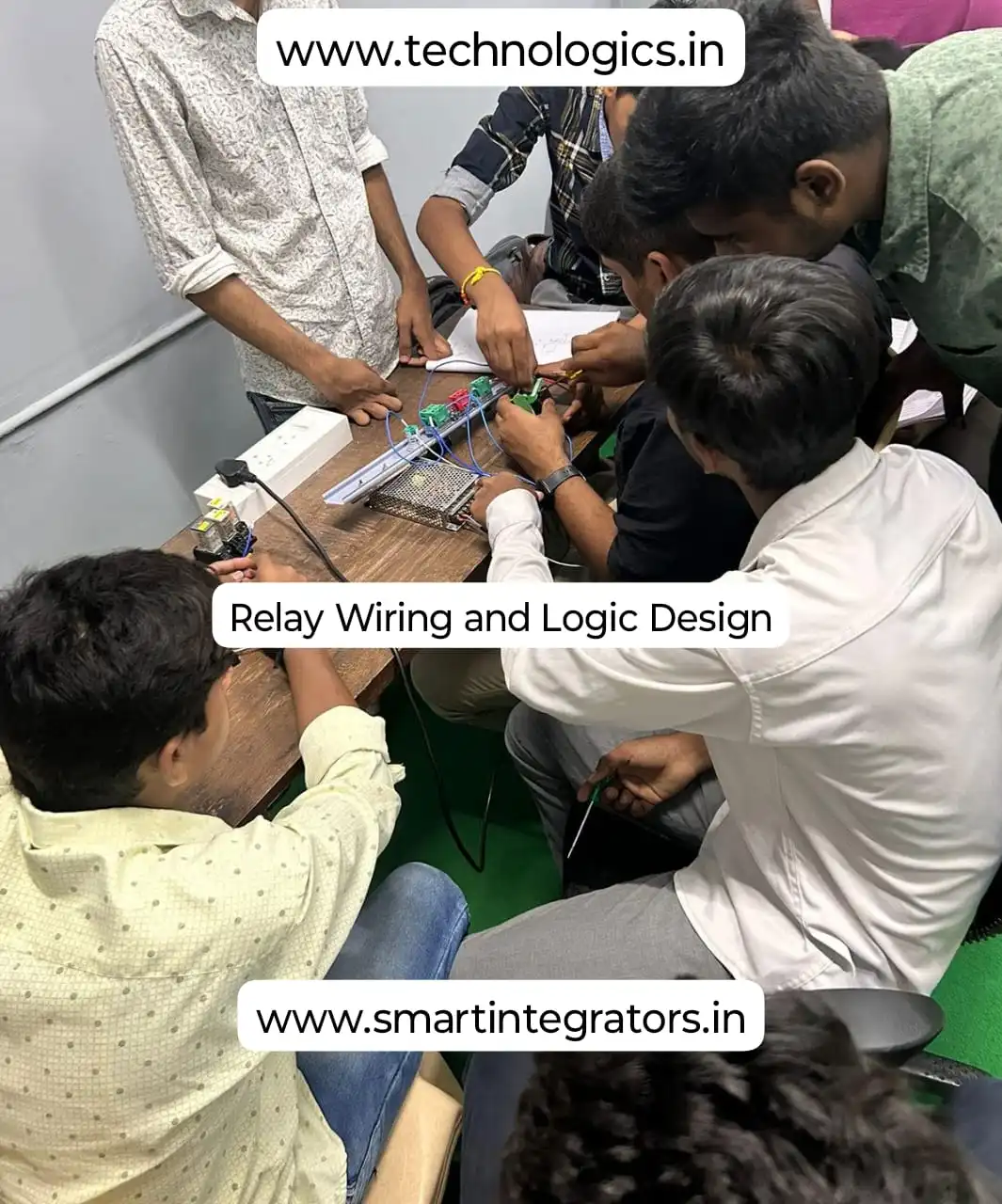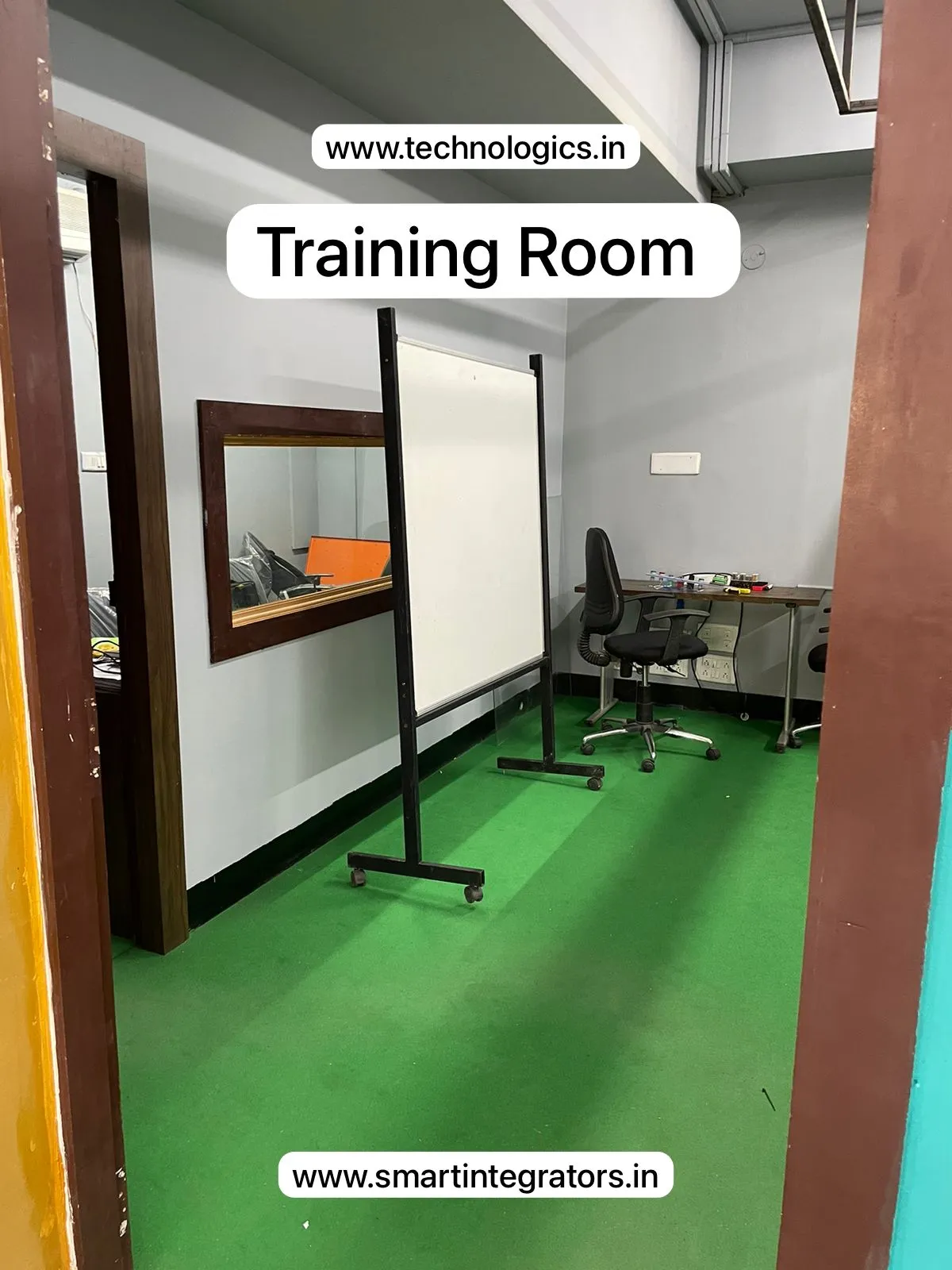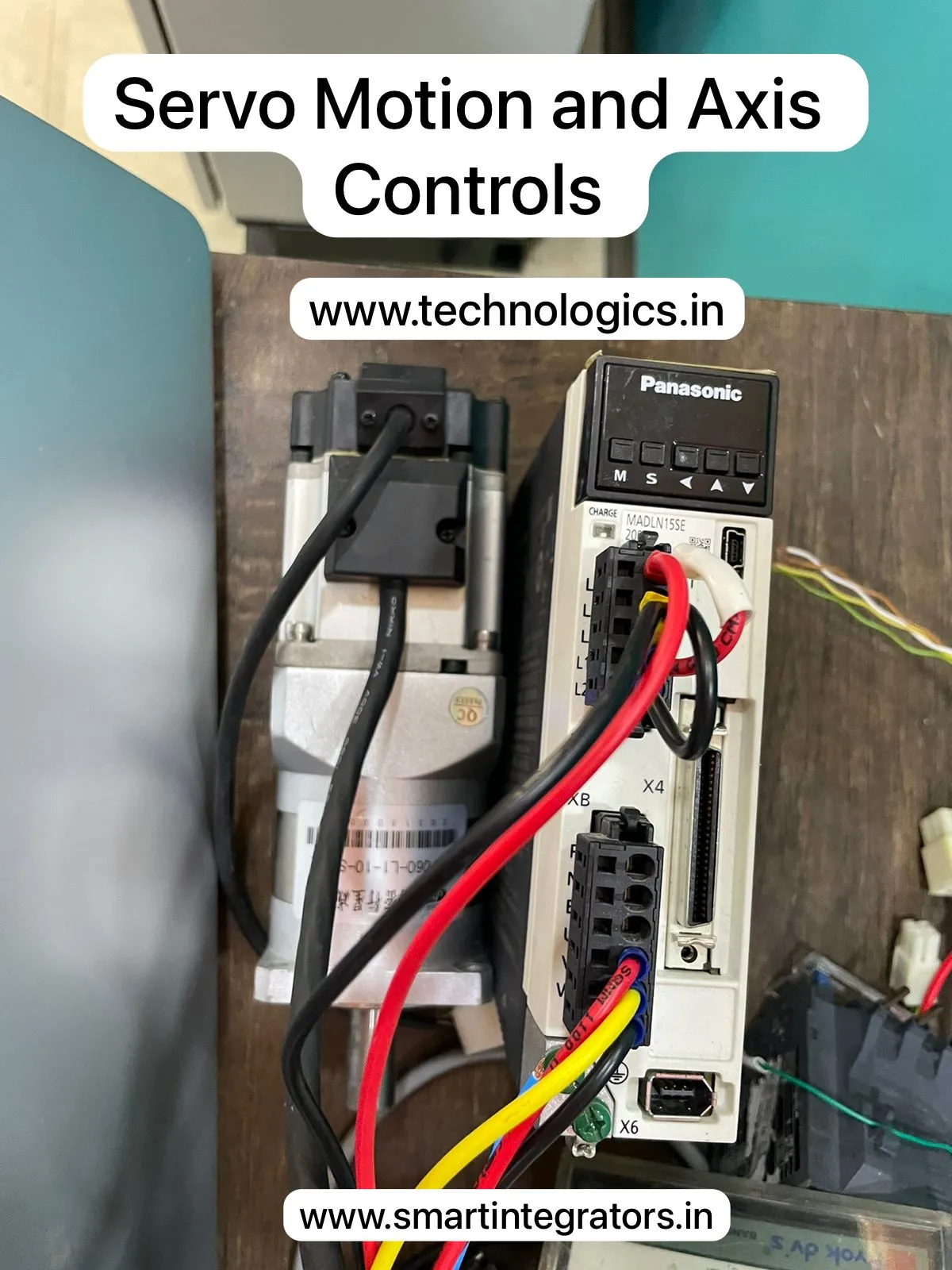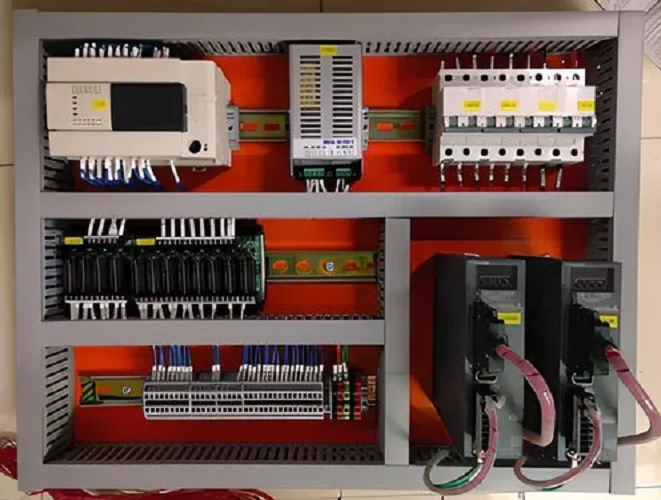In today’s rapidly evolving industrial landscape, Programmable Logic Controllers (PLCs) play a pivotal role in automating processes, ensuring safety, and enhancing productivity. As businesses continue to adopt advanced technologies, the demand for skilled professionals with PLC expertise is on the rise. In this article, we will provide a detailed guide on PLC training, outlining its importance, various training programs, and the career opportunities available for those who master this critical skill.
What is PLC?
A Programmable Logic Controller (PLC) is a specialized computer used to control machinery and industrial processes. Unlike general-purpose computers, PLCs are designed for real-time use in harsh environments, such as manufacturing plants. They are robust, with the ability to withstand extreme temperatures, vibrations, and electrical noise. PLCs are the backbone of industrial automation, controlling machines, assembly lines, robotic devices, and other equipment used in various industries.
Why is PLC Training Important?
The importance of PLC training cannot be overstated in the industrial sector. Here are several reasons why mastering PLCs is crucial:
Automation Expertise: As industries move towards automation, there is a growing need for professionals who can design, implement, and troubleshoot automated systems using PLCs.
Industry Demand: The demand for PLC-trained professionals is consistently high across various sectors, including manufacturing, energy, pharmaceuticals, and automotive.
Safety and Efficiency: Proper training ensures that PLCs are used effectively, leading to safer and more efficient operations. Trained professionals can minimize downtime and reduce operational risks.
Career Growth: Mastering PLCs can lead to lucrative career opportunities, as these skills are in high demand globally.
There are various PLC training programs available, each catering to different levels of expertise. Below, we outline the most common types of training programs.
1. Basic PLC Training
Basic PLC training is designed for beginners who are new to the field of industrial automation. This training covers the fundamentals of PLCs, including:
Introduction to PLCs: Understanding the basic components, architecture, and working principles of PLCs.
Programming Languages: Learning the most commonly used programming languages in PLCs, such as Ladder Logic, Function Block Diagram (FBD), and Structured Text (ST).
Hardware Configuration: Familiarizing with the hardware components of PLCs, including input/output modules, power supplies, and communication interfaces.
Basic Troubleshooting: Learning how to diagnose and fix common issues in PLC systems.
2. Intermediate PLC Training
For those with some basic knowledge of PLCs, intermediate training programs delve deeper into more complex aspects of PLC programming and application. Key topics covered include:
Advanced Programming Techniques: Developing skills in advanced programming techniques, such as PID control, analog signal processing, and sequential function charts (SFC).
Networking and Communication: Understanding how PLCs communicate with other devices and systems through protocols like Modbus, Profibus, and Ethernet/IP.
Human-Machine Interface (HMI): Learning how to integrate PLCs with HMIs to create user-friendly interfaces for monitoring and controlling processes.
Real-World Applications: Applying knowledge to real-world scenarios, including case studies and hands-on projects.
3. Advanced PLC Training
Advanced PLC training is aimed at professionals who already have a solid understanding of PLCs and want to specialize further. This level of training focuses on:
Complex Automation Systems: Designing and implementing complex automation systems that involve multiple PLCs, SCADA systems, and other control devices.
Safety and Redundancy: Ensuring that PLC systems are safe and reliable by implementing redundancy, fail-safe mechanisms, and safety PLCs.
Customized Solutions: Learning how to tailor PLC solutions to meet specific industry requirements, such as in oil and gas, food and beverage, or pharmaceuticals.
Troubleshooting and Maintenance: Mastering advanced troubleshooting techniques to quickly identify and resolve issues in complex PLC systems.
Hand’s On PLC SCADA Training in Programming, Wiring, Testing & Commissioning
- Genuine Placement
- 85k Enrolled
- All levels
- English
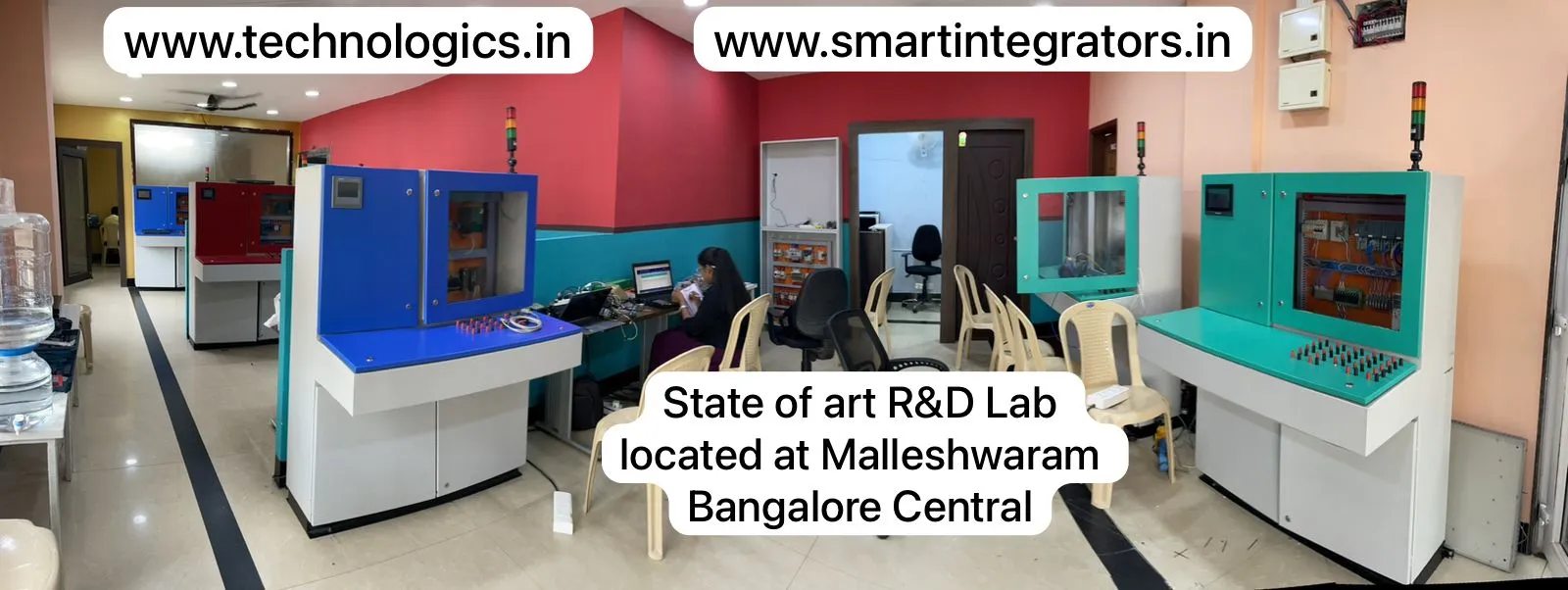
Training Overview
| PLC Training | ABB, Siemens, Delta, Schnieder, AB, Omron, Mitsubhishi, Keyence. |
|---|---|
| SCADA Training | Wincc, Wonderware, FactoryTalk, CCW, Kingview, Diaview. |
| HMI Training | Omron, Delta, Schnieder, AB. |
| VFD Training | ABB, Delta, Schnieder, AB. |
| DCS Training | PCS 7, ABB. |
| Servo & Stepper Motor Training | Panasonic Drives, Delta. |
| Energy Meter | Schnieder, Emeasure, Trinity. |
| Relay Logics | Logic Design and Wiring |
Syllabus - In Detail
The primary and overall objective of this course is to give a hands-on experience of PLC, SCADA, VFD, HMI, DCS, Field Instruments.
- Introduction about industrial automation
- History of industrial automation, Need of automations in industries
- Example for industrial automation
- Automation control circuit and power circuit
- Field Instruments, Types and working of field devices
- Automation using relays and field devices
- Examples for relays and field devices & Logical functions done by relays and field devices
- Introduction about Programmable Logic Controller, History of PLC, Architecture of PLC
- CPU, IO Modules, Power Supply and Communications, Input and Output Devices, Need of PLC for Industrial Automation
- Types of PLC Models, Introduction about PLC Programming
- Types of Programming Languages, Introduction about PLC Programming software
- Ladder logic diagram, Structure of program, Procedure for creating ladder diagram, Logical function done by ladder program in software.
- Interfacing the field component to PLC, Sink and Source type wiring, Need of push button for industrial automation
- Importance of latching and unlatching concepts, Memory concept.
- Working with – All Major Brands of PLC
- Interlocking & Trip concept
- Types of interlocking, Need of interlocking
- Timers, Types of timers & Example Problem for automation using timers
- Need for counters & Types of counters – Example for automation using counters
- Jump and subroutine & Importance of loop instruction – Examples : Automation using Jump and Subroutine. – Upload and Download Program.
- Introduction, definition and history of Supervisory Control and Data Acquisition,
- Typical SCADA System Architecture, Communication Requirements,
- SCADA systems in operation and control of interconnected power system, Power System Automation, Petroleum Refining Process, Water Purification System, Chemical Plant
- Remote Terminal Unit (RTU), RTU Configuration, RTU Hardware Modules
- Project Creation in Display, Tags, Library, Run Time, Security, Working with Properties, Animation, Alarm Setup, Trend, Language Switching, Interfacing PLC to SCADA.
- Industrial Project Documents
- P&ID Diagrams & IO List Preparation
- VFD Selection, Functions of VFD Switches & Symbols,
- Operate motor using VFD Console switches.
- Parameterisation, Checking Load, rated Voltage & current
- Comissionining, No Load Test, Speed Modulation, ON/ OFF Command, Trip Status, PID Tuning
- Interfacing PLC To VFD, Real Time Interface to PLC SCADA
- Intro to HMI
- Designining In HMI- Diffrent Types of Operaters, Textual & Graphical
- Properties for Design, I/O Configuration, Wiring of HMI, Data Handling
- Configuration & Interfacing from PLC to PC
- DCS – Distributed Control System
- Architecture of DCS, Hardware Configuration , I/O Modules, Communication Module, Troubleshooting
- I/O Wirining, Programming, CPU IP Setting & Addressing, Node Addressing, Upload & Download Monitoring,
- SCADA Interfacing, Fault Detection, Operater Interface, Designing, OPC / ODBC
- Communication Protocol, Ethernet
- Projects, Assignments & Test
Placements







